Trump Protests: A Nationwide Uprising
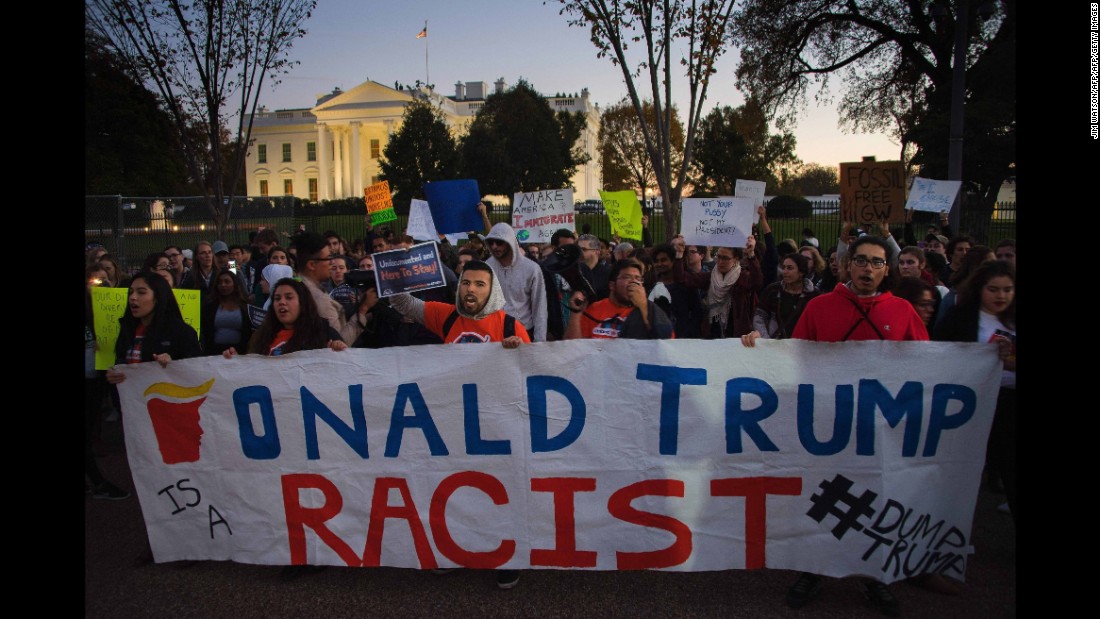
Table of Contents
The Roots of the Trump Protests
The eruption of nationwide protests against Donald Trump stemmed from a complex interplay of factors, fueled by both specific policy disagreements and broader concerns about the direction of American democracy.
Policy Opposition as a Catalyst
Many protests were directly triggered by specific Trump administration policies. These policies ignited widespread opposition, leading to organized and often massive demonstrations across the country.
-
Immigration Policies: Trump's hardline stance on immigration, including the "zero tolerance" policy at the border separating families and the proposed border wall, sparked numerous protests. These protests often involved immigrant rights groups, faith-based organizations, and concerned citizens. Large-scale demonstrations took place in major cities like Los Angeles, New York City, and Chicago, attracting tens of thousands of participants.
-
Healthcare Reform: The attempts to repeal and replace the Affordable Care Act (ACA) resulted in significant public outcry and widespread protests. Concerns about the potential loss of health insurance coverage for millions of Americans galvanized opposition, leading to numerous rallies and demonstrations across the country.
-
Environmental Regulations: The Trump administration's rollback of environmental regulations, including those related to climate change and clean air and water, drew sharp criticism from environmental groups and led to numerous protests. The marches and demonstrations were often organized by environmental advocacy groups and drew significant participation from young people concerned about their future. These protests often included symbolic actions like tree planting events or symbolic acts of pollution cleanup.
Social media played a crucial role in organizing and amplifying these protests. Platforms like Twitter, Facebook, and Instagram were used to coordinate events, disseminate information, and mobilize participants. The use of hashtags like #Resist and #NeverAgain helped unify disparate groups and amplify the message of the protests.
Concerns about Democracy and Governance
Beyond specific policies, many protests stemmed from deep-seated concerns about the Trump administration's approach to governance and its impact on democratic institutions.
-
Russian Interference: The investigations into Russian interference in the 2016 election fueled significant protests and calls for accountability. These protests often highlighted concerns about the integrity of the electoral process and the potential undermining of American democracy.
-
Executive Overreach: Critics raised concerns about what they perceived as executive overreach and disregard for established norms and procedures. Protests often centered on the perceived abuse of power and threats to checks and balances.
-
Attacks on Democratic Institutions: Trump's frequent criticism of the judiciary, the media, and other democratic institutions led to protests advocating for the protection of these institutions. These protests emphasized the importance of safeguarding the rule of law and upholding democratic values.
Many of these protests resulted in legal challenges and court cases, further highlighting the deep political divisions and the highly contested nature of the political landscape during the Trump presidency. The rhetoric used during these protests, both by protesters and counter-protesters, often intensified the polarization and contributed to a climate of heightened political tension.
Geographic Distribution and Demographics of Protesters
Trump protests were a nationwide phenomenon, varying in size, focus, and intensity across different regions.
Major Protest Locations
Major cities across the US became focal points for anti-Trump protests. Washington D.C., New York City, Los Angeles, Chicago, and Boston saw some of the largest and most frequent demonstrations. However, protests also occurred in smaller cities and towns across the country, demonstrating a broad-based opposition to the Trump administration. [Insert map or infographic showing geographic distribution of protests here]. The regional variations in protest themes reflected local concerns and priorities. For example, protests in agricultural areas might focus on trade policies, while those in coastal cities might prioritize environmental concerns.
The Demographics of Protest Participation
The Trump protests drew participants from a diverse range of backgrounds. While generalizations are difficult, studies suggest a significant presence of young people, women, and minority groups.
-
Age: Younger generations were disproportionately represented in many protests, reflecting their anxieties about the future and their commitment to progressive causes.
-
Race and Ethnicity: The protests included significant participation from people of color, reflecting concerns about racial justice and issues of immigration.
-
Socioeconomic Background: While participation spanned the socioeconomic spectrum, many participants came from middle and lower-income backgrounds, reflecting the impact of Trump's policies on these groups.
-
Political Affiliation: The majority of participants were clearly aligned with the left-wing of the political spectrum, but some protests also involved individuals who identified as centrists or independents, expressing concern over specific policies or the broader direction of the Trump administration. The demographics of protest participation shifted over time, reflecting evolving political concerns and the changing nature of the political landscape.
Impact and Legacy of the Trump Protests
The nationwide Trump protests had a significant impact on both public opinion and the long-term trajectory of political activism in the United States.
Influence on Public Opinion and Policy
While measuring the direct influence of protests on policy is challenging, there is evidence that they played a role in shaping public discourse and influencing policy debates.
-
Media Coverage: The extensive media coverage of the protests increased public awareness of issues such as immigration reform, healthcare, and environmental protection, contributing to a more informed public debate. The media's portrayal of protests, both positive and negative, shaped public perception.
-
Legislative Outcomes: While it's difficult to definitively attribute specific legislative outcomes directly to protests, the consistent public pressure from demonstrations undoubtedly influenced legislative debates and created a climate where policymakers were more aware of public opposition to certain policies.
Long-Term Effects on Political Activism
The Trump protests left a lasting impact on political activism in the US.
-
Rise of New Activist Groups: The protests contributed to the rise of new activist groups and movements, particularly around issues of social justice, environmental protection, and voting rights. Many of these groups are still active and influential today.
-
Evolution of Protest Strategies: The Trump protests demonstrated the power of grassroots mobilization, the use of social media, and creative protest strategies. The lessons learned from these protests influenced subsequent activism and movements.
Conclusion
The nationwide Trump protests represent a significant moment in contemporary American history. Fueled by policy disagreements and broader concerns about democratic governance, these protests reflected deep-seated political divisions and a widespread sense of urgency among large segments of the population. From the Women's March to the numerous demonstrations against specific policies, the geographic reach and demographic diversity of these protests highlighted a national dissatisfaction with the Trump administration and a widespread commitment to political activism. Understanding the history of these Trump protests, from their policy-driven origins to their lasting impact on political activism, is crucial for comprehending the current state of American politics. Further research into the various facets of these Trump protests, including specific events and their long-term effects, is encouraged to better understand this pivotal moment in US history. Continue exploring the impact of nationwide protests and their role in shaping political discourse.

Featured Posts
-
 Ankara Da 10 Mart 2025 Pazartesi Iftar Ve Sahur Vakitleri
Apr 23, 2025
Ankara Da 10 Mart 2025 Pazartesi Iftar Ve Sahur Vakitleri
Apr 23, 2025 -
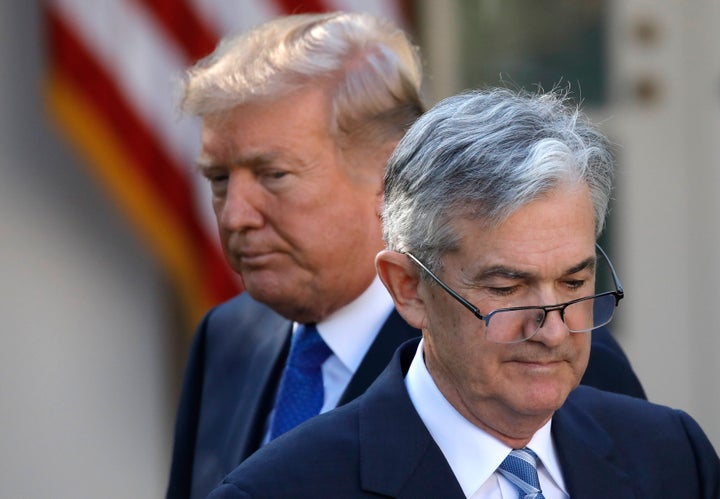 Another Trump Outburst Targeting Federal Reserve Chairman Powell
Apr 23, 2025
Another Trump Outburst Targeting Federal Reserve Chairman Powell
Apr 23, 2025 -
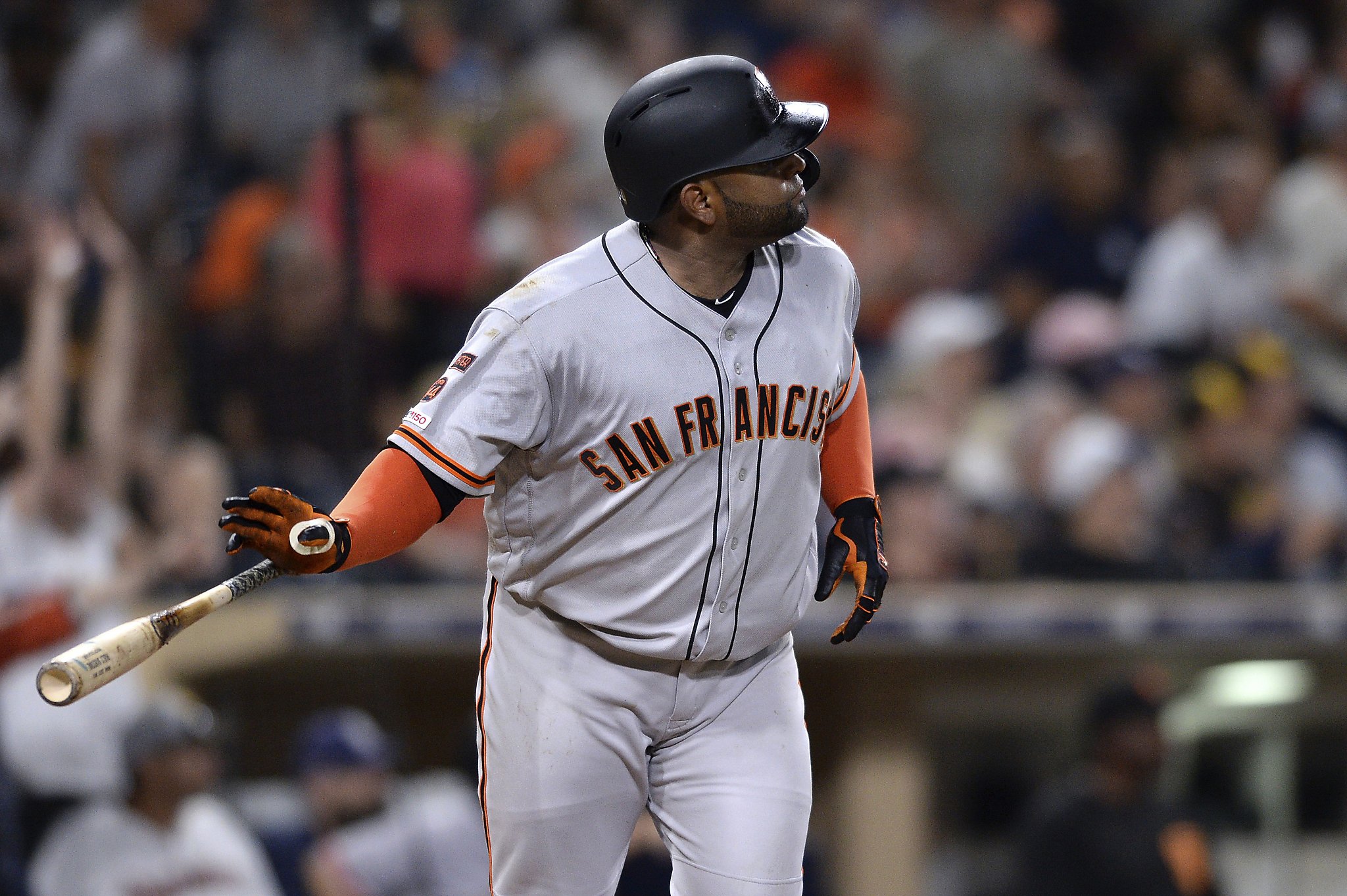 Another Giants Win Flores And Lee Lead The Charge Against Brewers
Apr 23, 2025
Another Giants Win Flores And Lee Lead The Charge Against Brewers
Apr 23, 2025 -
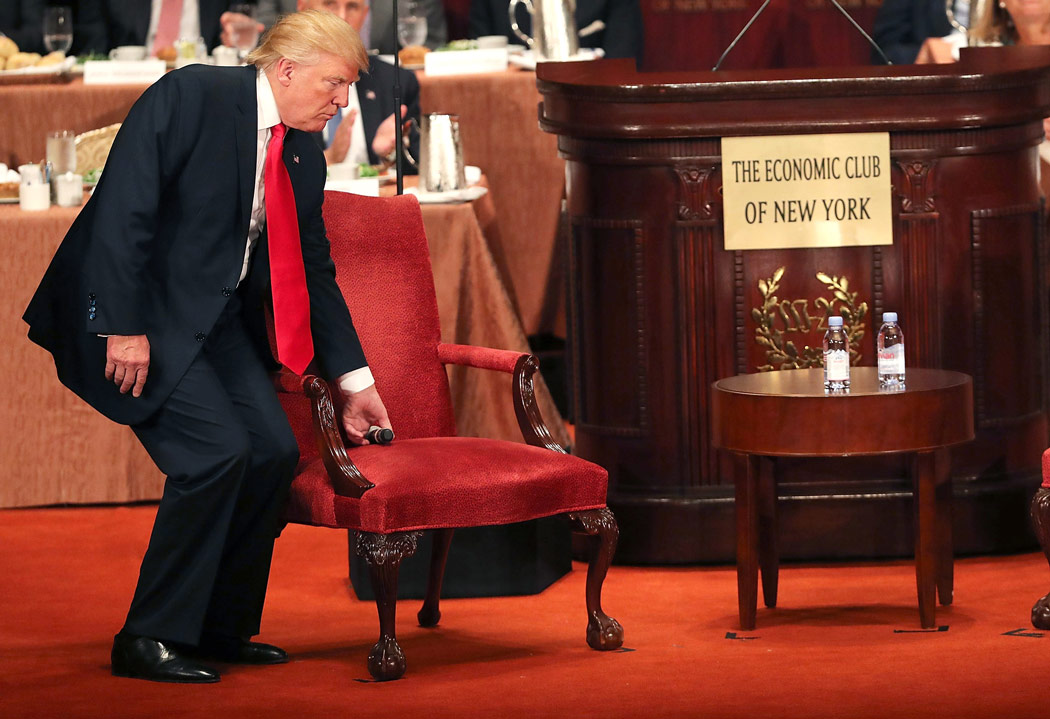 Are Leaks Sabotaging Trumps Agenda Hegseth Weighs In
Apr 23, 2025
Are Leaks Sabotaging Trumps Agenda Hegseth Weighs In
Apr 23, 2025 -
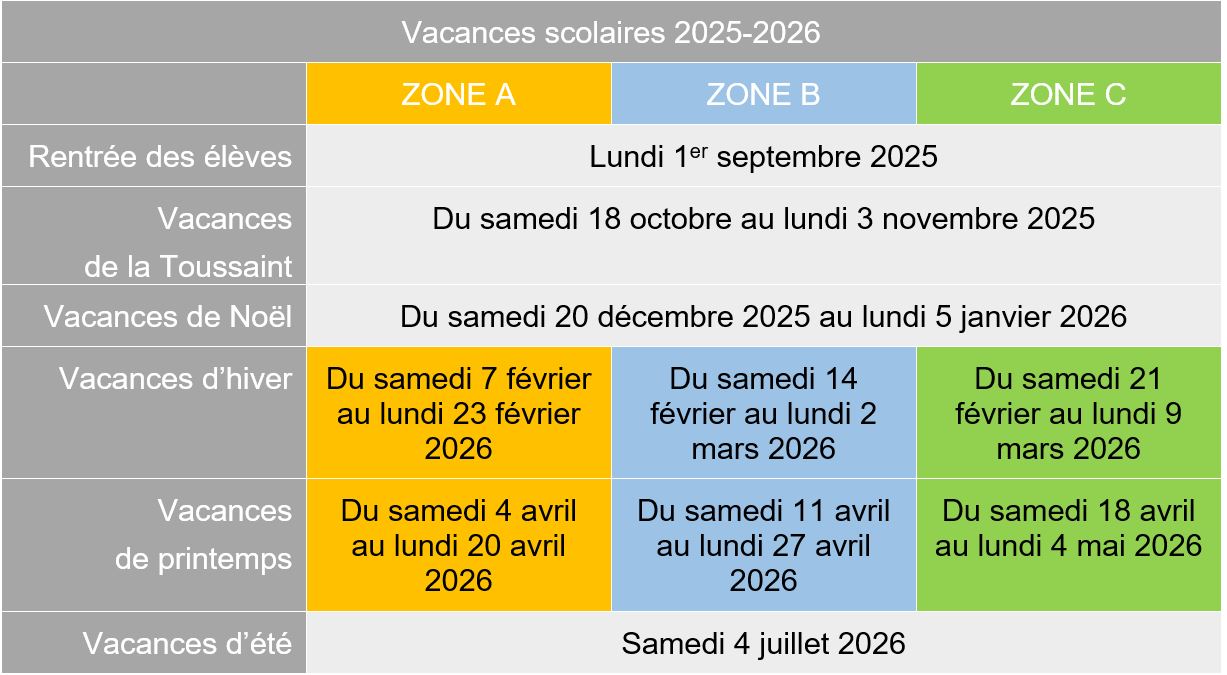 Calendrier Scolaire 2025 Wallonie Bruxelles Dates Des Vacances De Detente
Apr 23, 2025
Calendrier Scolaire 2025 Wallonie Bruxelles Dates Des Vacances De Detente
Apr 23, 2025
Latest Posts
-
 Delaying Farcical Misconduct Proceedings Nottingham Families Plea
May 10, 2025
Delaying Farcical Misconduct Proceedings Nottingham Families Plea
May 10, 2025 -
 Harry Styles Seventies Style Mustache Makes A Statement
May 10, 2025
Harry Styles Seventies Style Mustache Makes A Statement
May 10, 2025 -
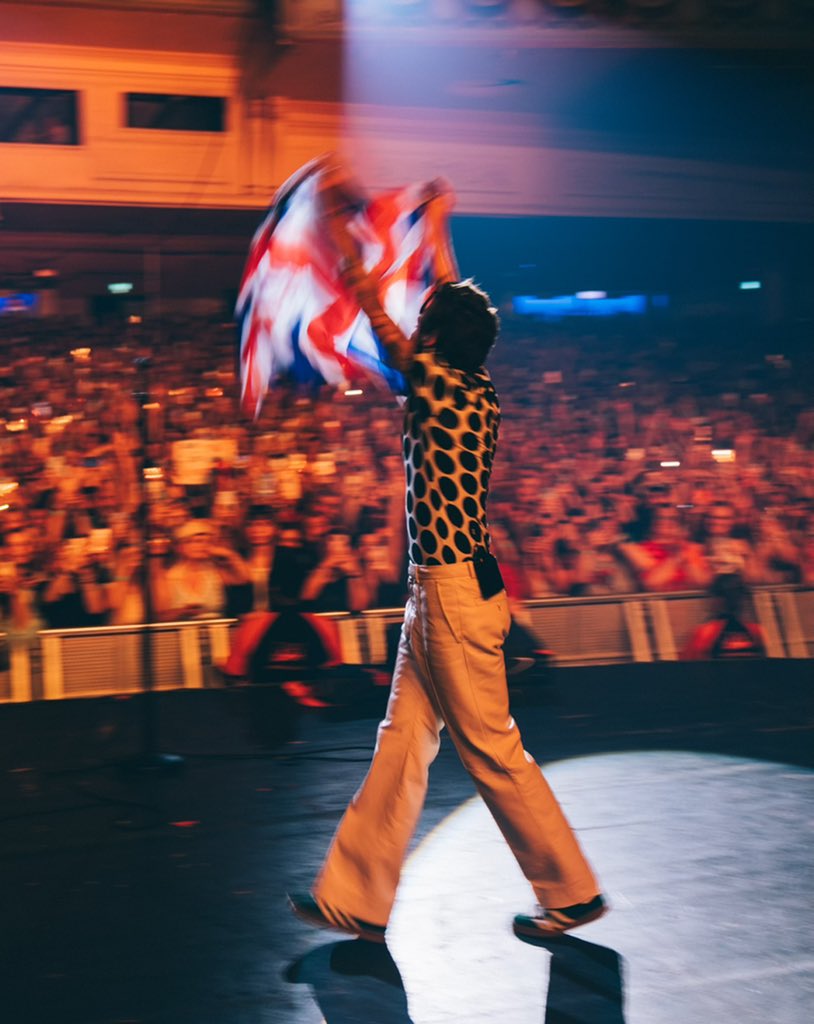 Harry Styles Debuts Retro Mustache In London
May 10, 2025
Harry Styles Debuts Retro Mustache In London
May 10, 2025 -
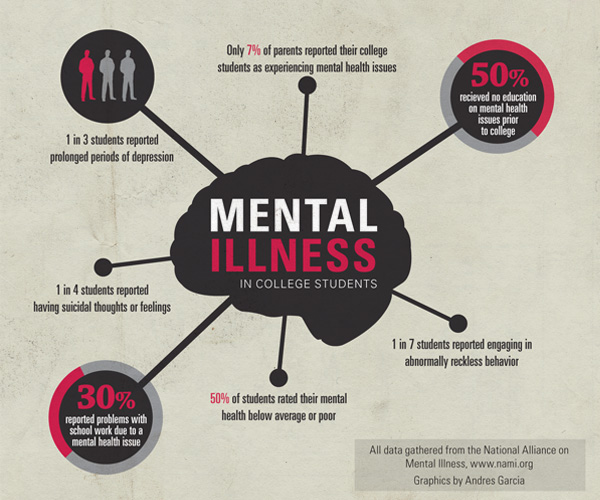 Reframing The Narrative Mental Illness And Violent Crime
May 10, 2025
Reframing The Narrative Mental Illness And Violent Crime
May 10, 2025 -
 Nottingham Police Under Scrutiny Following Attacks Misconduct Meeting
May 10, 2025
Nottingham Police Under Scrutiny Following Attacks Misconduct Meeting
May 10, 2025
